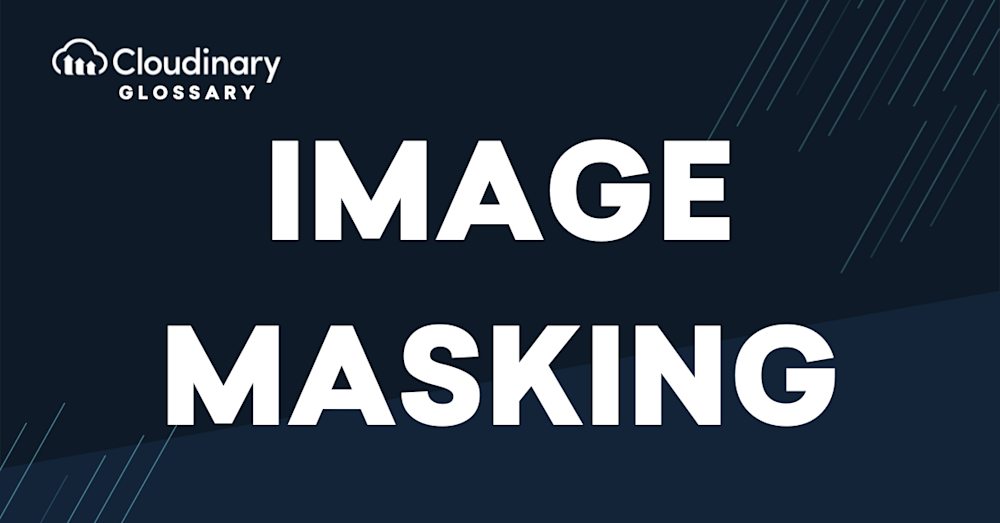What Is Image Masking?
Image masking is a technique used in photo editing to separate or isolate specific areas of an image from the rest, allowing for more precise editing and manipulation. Essentially, it’s like placing a “mask” over the parts of a picture you want to protect or hide while exposing the other areas for editing. This process is particularly useful when working with complex subjects or intricate details, such as hair, fur, or transparent objects, where traditional selection methods may not be as effective.
The beauty of image masking lies in its non-destructive nature, meaning that the original image remains intact while you make your desired adjustments. With various tools and techniques available, such as layer masks, clipping masks, and alpha channel masks, image masking provides a level of control and flexibility that is indispensable in professional photo editing.
Types of Image Masking
There are several types of image masking techniques, each with its own unique applications and benefits. Understanding their differences can help you choose the best method for your specific project. Here’s a quick overview of some common types of image masking:
- Layer Masks: Non-destructive masks that allow you to selectively hide or reveal portions of a layer without permanently altering the original image.
- Clipping Masks: Used to confine the visibility of a layer or group of layers within the boundaries of another layer, creating a clean and precise effect.
- Alpha Channel Masks: A more advanced technique that involves creating a separate grayscale channel to store transparency information, allowing for greater precision and control over complex selections.
- Vector Masks: These masks use vector shapes to define a layer’s visible and hidden areas, providing a resolution-independent and easily adjustable solution for masking.
- Quick Mask Mode: A temporary masking mode that allows you to create and modify selections using painting tools, offering a more intuitive and visual approach to masking.
What Is Image Masking Used For In Photo Editing?
There are many reasons why an editor or graphic designer may need to use image masking. Some of the key applications include:
- Background removal or replacement: Essential in product photography for creating clean, consistent backgrounds that showcase items effectively.
- Selective color correction: Allows for localized adjustments to color, contrast, or sharpness, enhancing the overall quality and impact of photos.
- Exposure adjustments: Enables selective brightening or darkening of specific areas without affecting the overall balance of the image.
- Retouching: Provides a non-destructive way to remove or reduce imperfections while preserving the original image.
- Composite images and visual effects: Facilitates seamless blending of multiple images or elements for convincing and realistic results.
Final Thoughts
By offering precise control over the visibility and adjustments of specific areas, image masking allows for a level of flexibility and creative freedom essential for producing high-quality, professional results. Whether you want to remove backgrounds, make selective color corrections, or create stunning composite images, mastering image masking techniques will elevate your photo editing skills and help you achieve your creative vision.
If you’re looking for a powerful and user-friendly platform to manage, edit, and optimize your images, Cloudinary is the perfect solution. With a comprehensive suite of image editing tools, including image masking capabilities, Cloudinary allows you to take your photo editing projects to the next level.
Sign up for free today and discover how Cloudinary can streamline your image editing workflow and transform your digital creations.
Additional Resources You May Find Useful:



